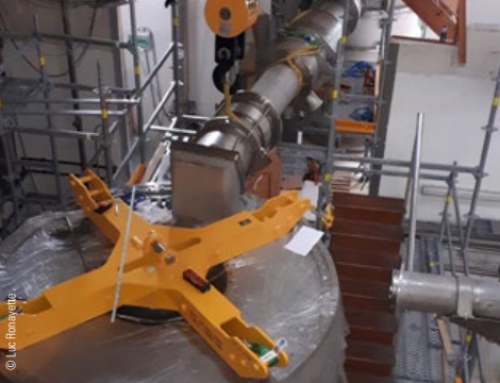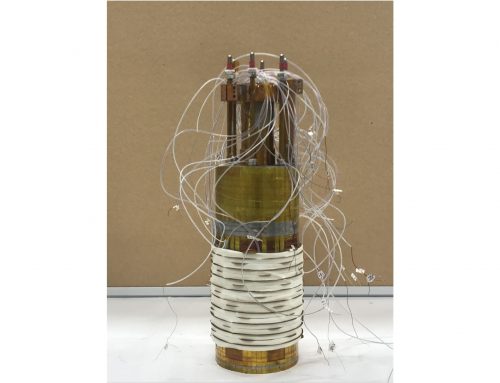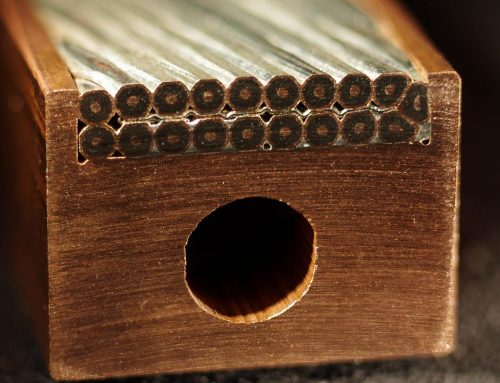O. Drachenko, A. Miyata, O. Portugall, P. Plochocka, A. Surrente, LNCMI-Toulouse and R. J. Nicholas, University of Oxford The Toulouse MegaGauss installation routinely generates magnetic fields well above 100 tesla. The magnetic field is generated in a semi-destructive manner; the coil, producing the magnetic field, disintegrates during every pulse, while the sample space remains intact, making this technique useful for reliable and reproducible scientific experiments.
The magnetic field pulse duration is intrinsically limited by the timescale of the mechanical disintegration of the coil, and cannot exceed a few microseconds. This is too fast for standard multichannel detectors, which typically have minimum integration times of tens of microseconds, thereby integrating the spectra over the entire magnetic-field pulse. Only streak cameras provide a spectral resolution on this timescale; however, they are limited to the visible wavelength range. Recently, we have developed a novel wide-band near-infrared spectroscopy technique covering the spectral range from 1150 up to 1650 nm in a single magnetic-field pulse. In our setup, we use a supercontinuum laser which emits broadband pulses with 20 ns duration at 1 kHz repetition rate, meaning that the magnetic field is essentially constant during a light pulse. The transmitted light pulse and a concomitant reference light pulse are guided to two InGaAs multichannel spectrometers, allowing to compensate fluctuations of the light source and to obtain normalized transmission spectra. As a typical result, we show transmission measurements on Bi2 Se3 , a topological insulator, at 10 K. Because of the large spectral coverage of supercontinuum lasers, this technique can be straightforwardly extended to any wavelength range for which (slow) multichannel detectors are available.







Leave A Comment
You must be logged in to post a comment.